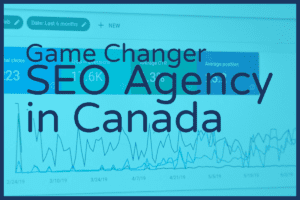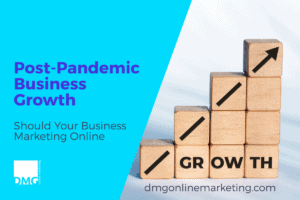Audience Engagement – Measuring Success
 Like most professions, inbound marketing comes with an alphabet soup of acronyms that marketers love to toss around. ROI! CRM! SEO! CPC! CTA! It’s amazing to look at how many of these acronyms refer to tangibles we use to measure the success of our marketing efforts.
Like most professions, inbound marketing comes with an alphabet soup of acronyms that marketers love to toss around. ROI! CRM! SEO! CPC! CTA! It’s amazing to look at how many of these acronyms refer to tangibles we use to measure the success of our marketing efforts.
The data tied to these acronyms excites us because it tells us how successful our efforts were in achieving our marketing goal. Did the customer click through, open a link, respond to a call to action?
The focus of all these efforts measures audience engagement with our content and marketing materials. And measuring these things helps us do our jobs better. But, if you only look at the data generated from these measurables then you really have only done half your job.
Today, marketing has to go far beyond simply measuring your audience engagement with your materials. Today’s marketing requires you to react as well, engaging with the audience in a two-way dialogue. You have to listen, learn and leverage the ongoing conversation today’s marketing opportunities provide you.
The Two-Way Street
Marketing starts when you seek to create audience engagement through your materials. This includes social media posts, blogs, articles, white papers and videos. When the client responds to that material by commenting, downloading or sharing the content, they have initiated a dialogue with you.
It’s like being on a date. You ask your date a question. “Tell me about yourself.” Your date answers and then poses the question back to you. “How about you?” This is a pretty good first date.
The bad dates are the ones who talk only about themselves, ignoring your hints to get your date to reciprocate or even your blatant attempts to get a word in edge wise. “Wow. That’s so interesting that you collect dryer lint. I collect vintage owl figurines.” And the date continues talking about dryer lint. This is clearly a bad date.
You want to be a good date. When your clients respond to your marketing materials, you now bear responsibility to pick up the conversation. The ball is in your court, so to speak. If you fail to respond at this stage, then you haven’t yet made the jump to authentic inbound marketing. You’re just using old outbound techniques in a new format.
How to Engage
Some marketers think providing even more materials equals audience engagement. Talking more about yourself is not audience engagement. It’s just more noise and eventually your client will tune out.
Audience Engagement can take many forms.
- Responses to questions;
- Commenting on a follower’s post;
- Asking questions of your audience and doing something meaningful with the answers;
- Using client feedback to create new materials and crediting the client for the idea;
- And bringing client ideas and comments into new materials.
You probably have several ways you can leverage client feedback now without having to reinvent the wheel. Comb through those lovely acronyms and find out where clients have engaged the most. Then, look deeper to see if you can respond or start a conversation around some of those efforts.
Develop a Pattern
Once you have started the conversation with clients, it’s important to keep it going or your efforts to engage will look superficial.
Engagement has to become a pattern and a custom that clients begin to expect and seek out. It becomes a habit that you build into all your marketing efforts and becomes a primary focus of your inbound marketing plan, rather than an after thought.
Clients want to engage with you. They don’t want to be just another acronym in the alphabet soup. When you make the culture shift in your own marketing to not just measure engagement but to engage back, then you have truly embraced the heart of inbound marketing.
Picture by a2z Innovation
[ “6843, 6838”]



